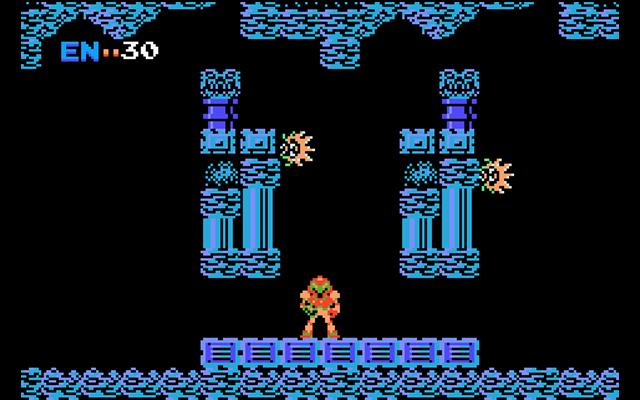Dragon’s Lair: The Arcade Classic That Revolutionized Gaming

When Dragon’s Lair was released in 1983, it was a groundbreaking phenomenon. Developed by Cinematronics and directed by legendary animator Don Bluth, Dragon’s Lair set itself apart from the pixelated graphics of its contemporaries by offering a visually stunning, fully animated adventure that looked like it had leaped straight from a feature film. This was no ordinary game; it was an experience that captivated gamers and casual viewers alike.
A Visual Feast in the Arcade Era
At a time when arcade games were dominated by simple graphics and repetitive gameplay, Dragon’s Lair stunned audiences with its vibrant, hand-drawn animation. The game featured the story of Dirk the Daring, a brave knight on a quest to rescue Princess Daphne from the evil dragon Singe. The game’s appeal was immediate—players were drawn in by the quality of the animation, which was leagues beyond anything else on the market.
Don Bluth, a former Disney animator, brought his expertise in character design and animation to the project, ensuring that Dragon’s Lair was not only a technical marvel but also a visual masterpiece. The game was powered by a LaserDisc, a technology that allowed for the storage of full-motion video, making it possible to deliver the rich, cinematic experience that defined Dragon’s Lair.
Gameplay: A New Type of Challenge
Dragon’s Lair was not just about watching a beautifully animated story unfold; it was an interactive experience that required players to react quickly and correctly to the on-screen action. The gameplay consisted of quick-time events (QTEs) where players had to make split-second decisions, such as moving in a particular direction or using Dirk’s sword at just the right moment. Failing to make the correct choice would result in Dirk’s demise in a variety of humorous and creative ways.
This style of gameplay was revolutionary at the time. While it was often criticized for its simplicity and the lack of direct control, it introduced a new way of engaging with video games. The focus on timing and decision-making offered a different kind of challenge, one that was less about mastering complex mechanics and more about reflexes and observation.
The Legacy of Dragon’s Lair
Though Dragon’s Lair was not without its flaws—high difficulty, limited replayability, and a steep price for arcade operators—it left an indelible mark on the gaming industry. It was one of the first games to blur the line between gaming and cinema, paving the way for future titles that would continue to explore this hybrid approach.
The success of Dragon’s Lair led to several sequels and ports across various platforms, including home consoles, PCs, and even mobile devices. Its influence can be seen in later games that adopted the quick-time event mechanics, such as the Resident Evil and God of War series.
Dragon’s Lair Today
Even decades after its release, Dragon’s Lair remains a beloved classic. It has been re-released on numerous platforms, often with enhanced visuals and additional features that allow new generations of gamers to experience the magic of Dirk’s adventure. The game’s unique blend of animation and interactivity has ensured its place in the pantheon of gaming history.
For those who appreciate the artistry of classic animation or who want to experience a piece of gaming history, Dragon’s Lair is a must-play. It may not offer the depth of modern games, but its charm, innovation, and impact on the industry are undeniable.









